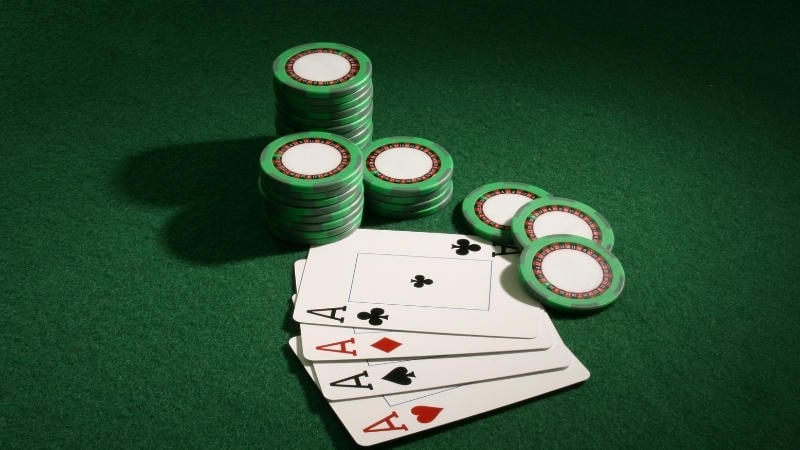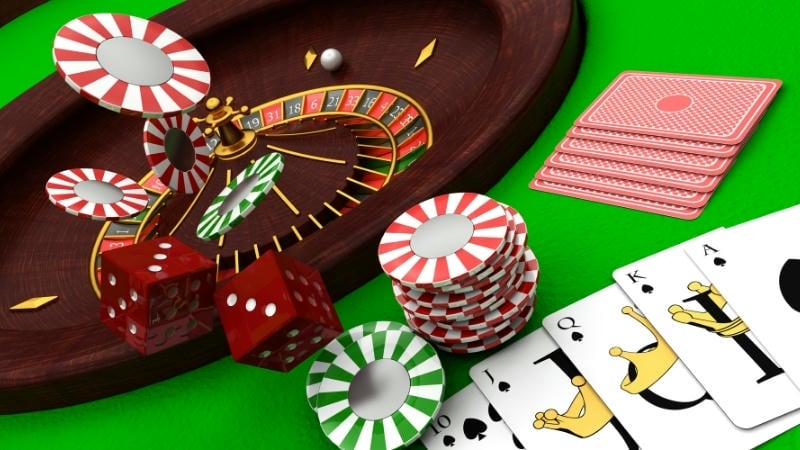In today’s booming online gaming world, especially on leading platforms like 91 Club, one crucial metric that smart players pay attention to is the return to player (RTP). Whether you’re new to real-money games or a seasoned player, understanding what RTP means and how to apply it when choosing games can help you save money, increase your chances of winning, and avoid unnecessary risks.
Understanding RTP and Its Practical Significance
Return to Player (RTP) is a key piece of betting terminology that every gambler should understand. It represents the percentage of total money wagered on a game that is expected to be paid back to players over time. For example, if a game has an RTP of 95%, it means that, on average, for every $1,000 wagered, players can expect to receive back around $950 in winnings.

However, return to player does not guarantee a refund after a few spins. It’s calculated across millions of rounds or bets. This makes RTP a long-term statistical indicator, not a short-term result predictor.
Common RTP Ranges You’ll Encounter:
- Below 90%: High risk, usually older or low-quality games.
- 90% – 94%: Average, seen in many standard games.
- 95% – 97%: High RTP, recommended for most players.
- Over 97%: Rare, but excellent when available.
On platforms like 91 Club, players can easily check the return to player rate before diving into a game, giving them an edge in game selection.
The Difference Between Theoretical and Actual RTP
One common mistake players make is assuming return to player is an absolute guarantee. In reality, there are two types of RTP:
- Theoretical RTP: A calculated percentage based on simulations of millions of rounds. This is the official figure published by the game developer.
- Actual RTP: The percentage you personally experience during your gameplay. It may vary significantly from the theoretical number depending on luck and volatility.
For example, a slot game on 91 Club may have a theoretical RTP of 96%. But if you play 10 spins and win nothing, your actual RTP is 0% for that session.
Understanding the gap between theoretical and actual return to player helps set realistic expectations. It prevents frustration and rash decisions like topping up your balance impulsively just because a game has a “high RTP.”

How to Read RTP and Apply It to Your Game Strategy
To make the most of the return to player (RTP), you need to know how to read this data and apply it as part of a smart gaming approach—especially when playing on trusted platforms like 91 Club.
Always check RTP before you play
Before starting any game, always look at its return to player. On platforms like 91 Club, this info is usually displayed clearly. If a game doesn’t show its RTP or uses vague terms like “average payout,” be cautious—it may not be transparent or fair.
Choose games with RTP of 95% or higher
Games with return to player from 95% upwards offer better long-term value. A higher RTP means more money is returned to players over time. Lower RTP games might be tempting, but they’re riskier and usually drain your balance faster.
Consider both RTP and volatility
RTP tells you how much is paid back, while volatility tells you how often and how big the wins are.
- High RTP + Low Volatility → Small, frequent wins, ideal for casual or cautious players.
- High RTP + High Volatility → Bigger but rarer wins, suitable for those willing to take risks.
91 Club often lists both RTP and volatility to help you decide which games fit your playing style.
Watch for patterns, but stay realistic
Some players on 91 Club look for “hot” machines—games that seem to be paying out more than usual. While this isn’t a guaranteed strategy, tracking your own sessions and choosing the right timing can sometimes make a difference.
Don’t rely on RTP alone
Even games with a high return to playerwon’t always bring wins every time. Combine RTP with good bankroll management, reasonable expectations, and self-control. RTP is a guide—not a guarantee.

Other Crucial Factors Beyond Return To Player
While return to player is vital, it shouldn’t be your only concern. Other aspects greatly impact your gaming outcome and overall experience:
- User Interface and Experience: Even with a high return to player, a game with clunky graphics or slow animations can be off-putting. A smooth and enjoyable interface is essential for long-term play.
- Bonus Features and Reward Mechanics: RTP doesn’t account for extra features like free spins, jackpots, mini-games, or multipliers. These can significantly boost your winnings and add excitement.
- Betting Range and Flexibility: Some games with high RTP might have a high minimum bet, limiting casual players. Fortunately, platforms like 91 Club offer games with adjustable bets to suit all types of users.
- Developer Transparency: Always choose games developed by reputable providers with certified RTP figures from third-party auditors like eCOGRA or iTech Labs. This ensures fairness and authenticity.
Understanding and effectively using return to player is the first step toward becoming a more informed player in the world of online gaming—especially on trusted platforms like 91 Club. While RTP isn’t the sole indicator of whether you’ll win or lose, it’s a powerful tool that can help you play smarter, reduce risks, and manage your bankroll wisely.

